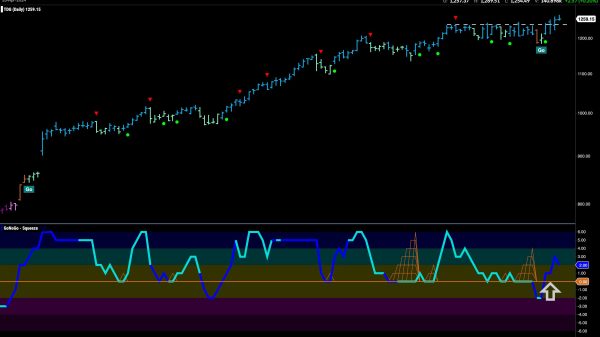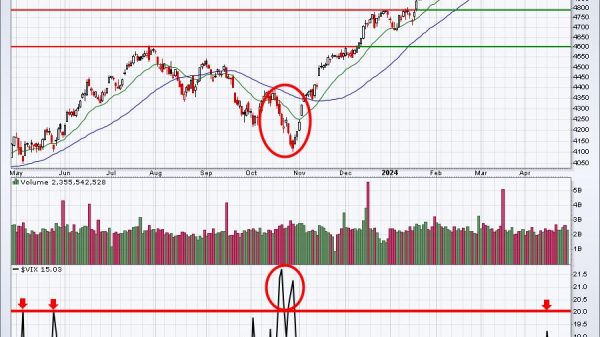Every employee can relate to the struggle and anxiety of meeting project deadlines and work activity timelines. There was even a time when most of us wondered if we could track our work activities. Thankfully, the introduction of time tracker apps has greatly improved the organization of daily to-do lists.
Sure, this work time tracking app can track your hours, but that’s just the tip of the iceberg, you know? When applied strategically in business and workforce management, these apps can become your productivity grail, uncovering hidden time-wasters, boosting your focus, and even saving your sanity. Are you intrigued enough? Then, read on to discover the likely mistakes to avoid and unlock the full potential of your work time tracking app.
1. Not setting goals
Before diving headfirst into tracking every minute of your employees using a time tracker, think twice, take a step back and define your goals beforehand. What do you hope to achieve by using a work time tracking app? Is it to identify excessive time-consuming tasks, enhance task management, or gain insights into project efficiency? Clear goals allow you to customize your tracking approach and interpret the data effectively.
For instance, if your primary goal is to identify time-consuming activities, focus on monitoring your activity in short intervals throughout the day. This will reveal patterns and areas where you might be getting sidetracked by social media, unnecessary emails, or other distractions.
2. Tracking too much detail
While tracking time provides valuable data, getting bogged down in excessive detail can be counterproductive. This implies a tendency to micromanage every minute, which can be tedious. So, we discourage consistent use of the app or software. Rather, we aim to strike a balance between capturing only the needful insights and maintaining a streamlined workflow.
Instead of monitoring every single phone call or email activity, categorize them into broader groups like “client communication,” “project research,” or “administrative tasks.” This approach provides a more holistic view of time allocation and allows you to develop for the better without feeling overwhelmed.
3. Not taking breaks
Work time tracking apps should not be used to glorify overwork. As humans, it is a necessity to take breaks for optimal productivity and well-being, mentally and physically. So, what you can do is schedule breaks within your work time tracking app and stick to them consistently. Think of these breaks as non-negotiable recharge periods. Get fresh air, stretch your legs, or step away from the screen for a few minutes. This minimal timeframe will help restore your focus and energy.
4. Not reviewing your data
Time tracking software or app will record and collect data in real-time per the set instructions. But, diligently collecting data is only half the battle. The true purpose of a work time tracking app lies in analyzing the information it provides. That is why, when you get a work time tracker, you are responsible for reviewing your time tracking data to evaluate work trends and patterns.
Consider this: Are you consistently exceeding deadlines on certain tasks? Are specific projects consistently taking longer than anticipated? If your answer is yes, use the insights from the app to adjust your workflow and allocate resources better. Maybe you can delegate tasks to free up your time for higher-priority activities or adjust your project timeframes based on realistic time requirements. By actively analysing your data, you can continuously fine-tune your work habits and maximize efficiency.
5. Using the app to micromanage employees
Micromanagement is such a concept at work that managers do not realize it unless extreme consequences occur. But that is not the case for everyone. While work time tracking apps can be valuable tools for team management, there are chances of micromanaging employees. And how does this happen? Constant monitoring can create a foreboding sense of distrust and resentment among employees.
That is why managers should focus on using the data only to determine team strengths and weaknesses and then collaborate to develop solutions. Instead of scrutinizing every minute of the team’s time, the work time tracking app can be used to organize processes that can be streamlined or identify workflow bottlenecks. Perhaps certain team members will require additional training, or communication channels within the team need to be improve.
6. Not considering integration with existing tools
Many sophisticated work time tracking apps offer integration options with other productivity tools, such as project management platforms, communication apps, and invoicing software. You should take advantage of these integrations to significantly streamline your workflow.
Seamless integration allows you to track time directly within your project management tool, eliminating the need to switch between platforms. This saves time and reduces potential errors in data entry.
7. Failing to train employees on the app
When introducing a new work time tracking app to the workflow, proper team training is necessary. Employees need to understand the app’s purpose, how it works, and how it will be used. You can get your money’s worth by providing clear instructions on using the app effectively and addressing any concerns or questions they may have.
Moreover, practical training creates faster user adoption and ensures everyone is on the same page. Employees who understand the app’s benefits are more likely to use it consistently and provide accurate data.
8. Not considering free trials before buying
Advanced and customizable time tracking apps or software can be costly. So, before committing to a paid subscription for one, take advantage of any free trials the provider may offer. This allows you and your team to test drive the app’s features, assess its usability, and determine if it aligns with your needs. As such, you can find many work time tracking apps that offer free tiers with limited features or user limits. These free versions are a great way to experiment with different apps and see which best suits your workflow before investing in a paid plan.
By avoiding these common mistakes, you can transform a work time tracking app from a potential source of frustration and chaos into a helpful tool for your work processes.
Read more:
8 mistakes to avoid when using a work time tracking app






















